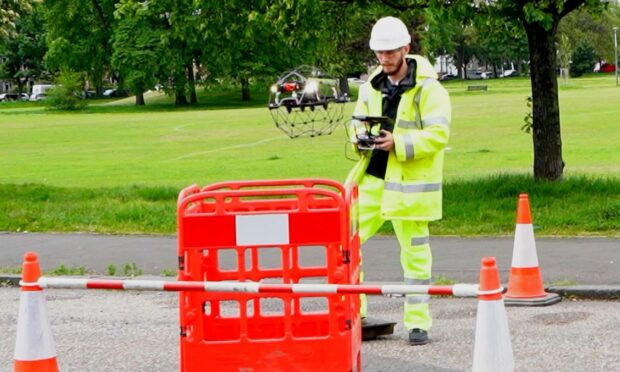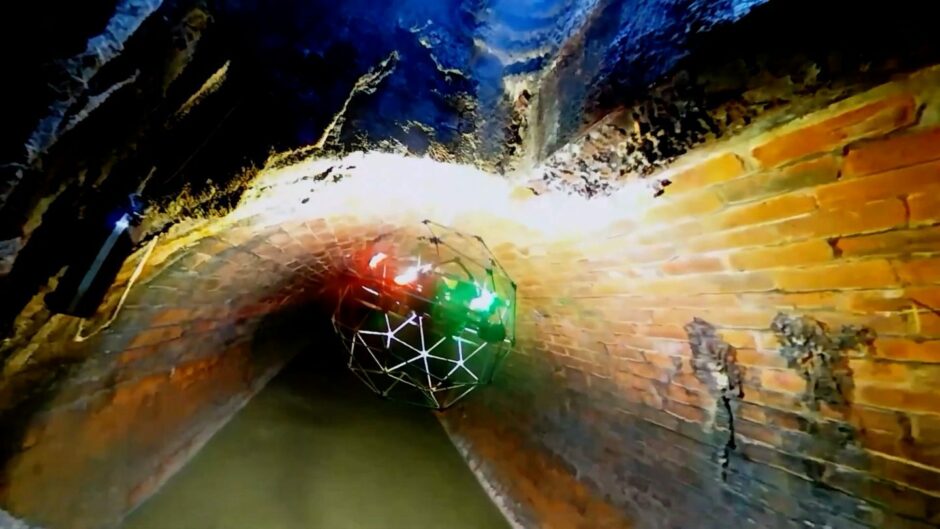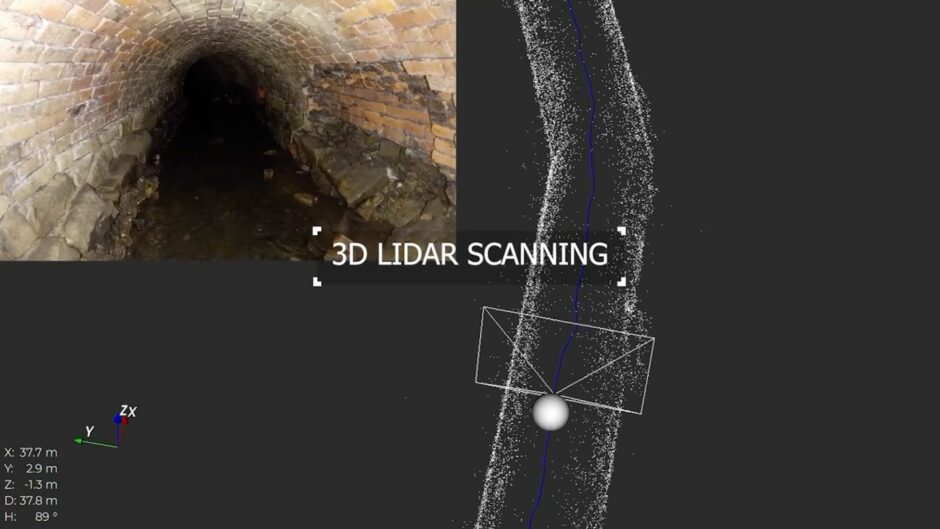Drones will be put down Aberdeen’s sewers during the latest round of surveys – potentially reaching spots that engineers have never been able to see before.
A combination of hi-tech drones and laser technology has been adapted for use in the waste water industry, and will be used by Scottish Water to survey sewers for potential problems.
In a UK first, they were used together for the first time in July, on a large brick sewer in Glasgow. Now they will be rolled out across the country, including the Granite City, Edinburgh and some rural areas.
This will reach parts of the 33,000 mile network that traditional surveying methods cannot reach and will be the first time that both drones and lasers are used together as they attempt to improve Scotland’s sewers, some of which date back to the Victorian era.
Reduce carbon emissions by as much as 80%
It will also help Scottish Water reduce its carbon emissions by as much as 80%, as well as enabling them to more accurately assess the sewers’ condition and make key decisions about investment in maintenance or rehabilitation work to improve them.
This will make sewers more resilient, improve the water firm’s service to customers and reduce the risk of leaks, collapses and environmental pollution.
‘We are really excited about it’
Scottish Water’s risk and life cycle planning manager Iain Jones said: “This is the first time we’ve used drones adapted for sewers and LiDAR together for sewer surveys and we are really excited about it.
“We want to improve the accuracy of our surveys and, for safety reasons, we want to reduce the number of workers needed to carry out survey work inside sewers. The drone does both and they will also help us in our aim to reach net zero carbon emissions by 2040.”



Conversation